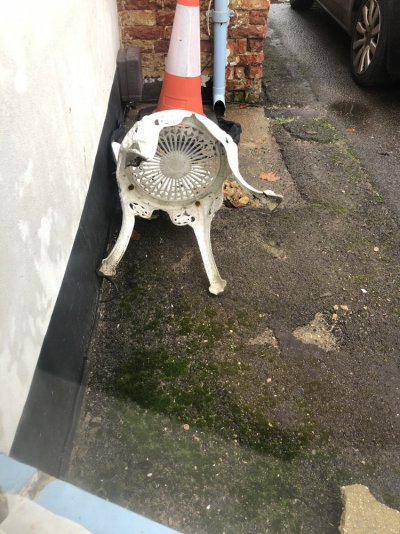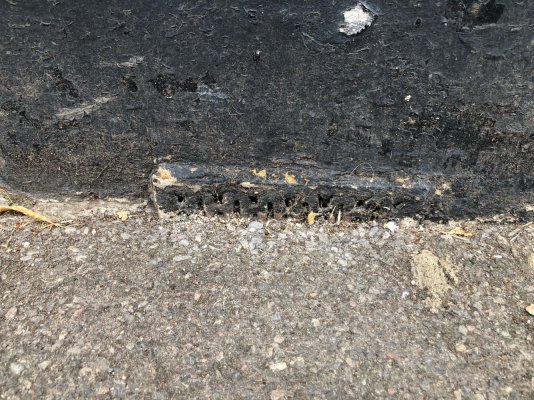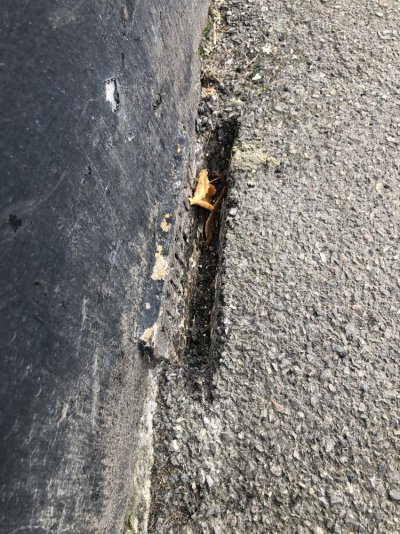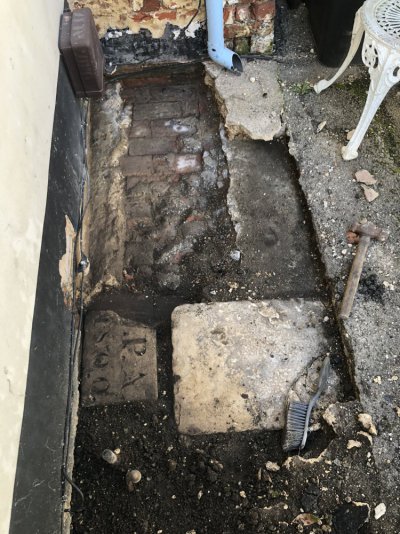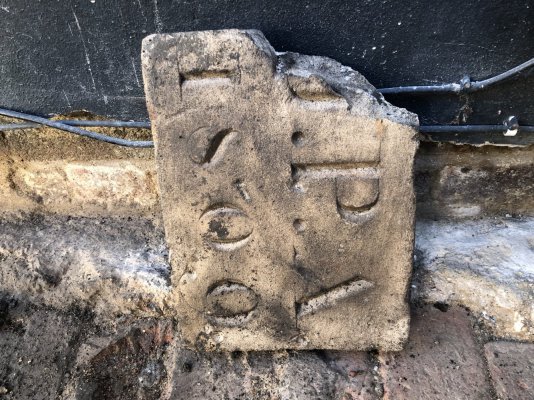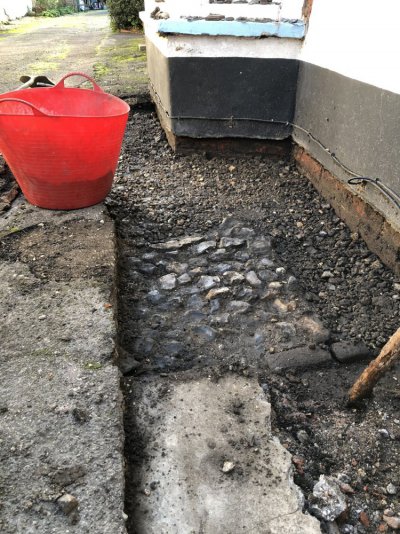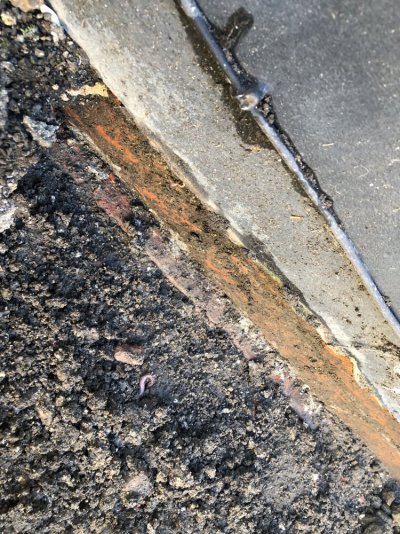Morning All. I’ve been reading all of your excellent posts for some time, and this is my first post. I’m restoring an 18th century property that has had very little done to it in its life. Most things were just covered up - including an attic floor with three rooms!
I’m focussing on the exterior and the internal damp first of all. Removing some later fireplaces, which actually were multiple fireplaces built into two inglenooks has dried some internal walls out already.
The exterior ground levels are too high and I will shortly remove these. I’m not yet sure if there is a damp course or not, and what level I should be moving the ground too. Eventually I will put gravel all around the exterior of the house and not just a trench. I’m a little overwhelmed by the number of suggestions and would be grateful to understand if I don’t have DPC, is there a certain depth to dig to? If I do have a DPC I will remove everything that is breaching this, but until I start digging the higher level away I’m not sure if there is DPC or not,.
Part of my property is next to a public footpath. The tarmac surface is directly against my property and it is built 50% over the air bricks, but the floors were changed to concrete in the 70’s (presumably because they rotted due to the 60’s tarmac pavement!). The council won’t do anything despite clearly breaching the base of my property by building their pavement against it and increasing the height of the damp that is able to get in. Excuses have ranged from the pavement being there for too long (so they won’t accept they caused any issues if previous owners didn’t raise this) to my internal wall finishes are probably causing issues (despite them being timber panelling and lime plaster, and the council has never seen inside). One thing that did seem to be the genuine concern of the council is I was told in an off the cuff comment that they won’t deal with this or otherwise hundreds or thousands of property owners would come forward and make the same claims and they can’t afford to rectify these issues. Does anybody have any experience of this latter issue? It seems that because the council own the path they are the only ones who can remedy this - I don’t own it so I cannot dig it up myself, but the council are refusing to accept any responsibility. Any help and possible ways forward will be greatly appreciated!
I’m focussing on the exterior and the internal damp first of all. Removing some later fireplaces, which actually were multiple fireplaces built into two inglenooks has dried some internal walls out already.
The exterior ground levels are too high and I will shortly remove these. I’m not yet sure if there is a damp course or not, and what level I should be moving the ground too. Eventually I will put gravel all around the exterior of the house and not just a trench. I’m a little overwhelmed by the number of suggestions and would be grateful to understand if I don’t have DPC, is there a certain depth to dig to? If I do have a DPC I will remove everything that is breaching this, but until I start digging the higher level away I’m not sure if there is DPC or not,.
Part of my property is next to a public footpath. The tarmac surface is directly against my property and it is built 50% over the air bricks, but the floors were changed to concrete in the 70’s (presumably because they rotted due to the 60’s tarmac pavement!). The council won’t do anything despite clearly breaching the base of my property by building their pavement against it and increasing the height of the damp that is able to get in. Excuses have ranged from the pavement being there for too long (so they won’t accept they caused any issues if previous owners didn’t raise this) to my internal wall finishes are probably causing issues (despite them being timber panelling and lime plaster, and the council has never seen inside). One thing that did seem to be the genuine concern of the council is I was told in an off the cuff comment that they won’t deal with this or otherwise hundreds or thousands of property owners would come forward and make the same claims and they can’t afford to rectify these issues. Does anybody have any experience of this latter issue? It seems that because the council own the path they are the only ones who can remedy this - I don’t own it so I cannot dig it up myself, but the council are refusing to accept any responsibility. Any help and possible ways forward will be greatly appreciated!

